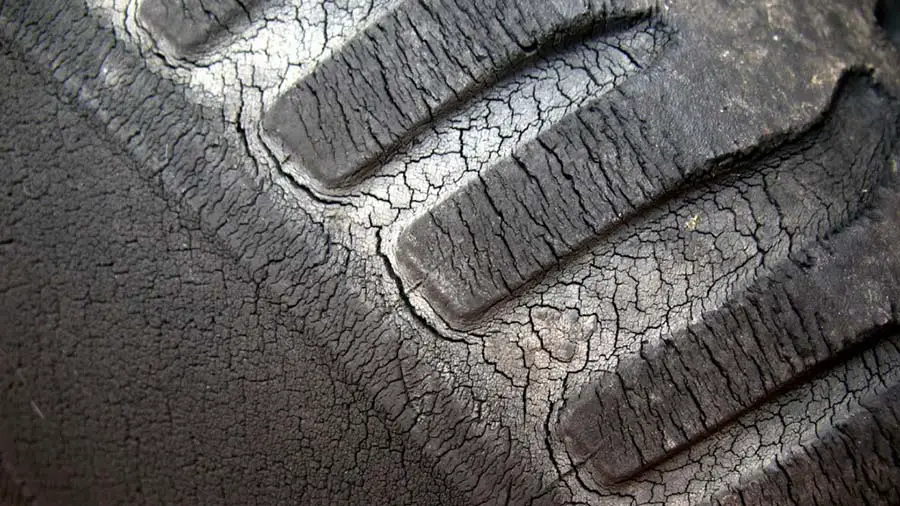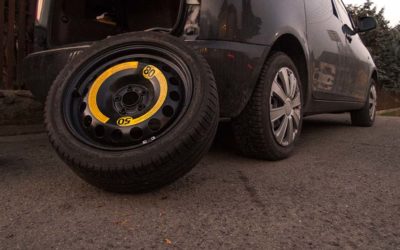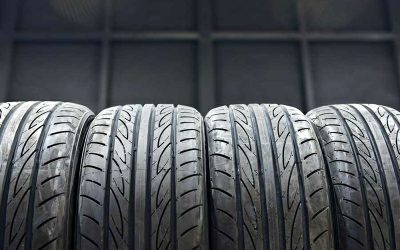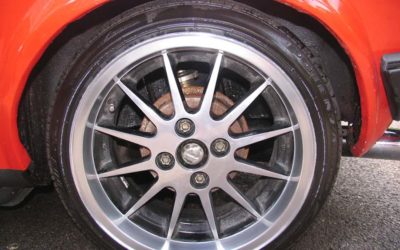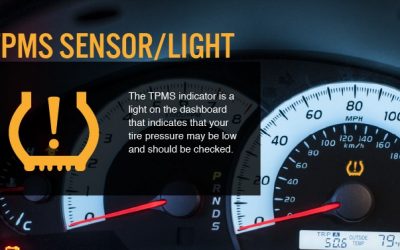The advancements in tire production has resulted in models with high durability due to some special additives. However, the tire comes in contact with harsh environments throughout its life.
Hence, the enhancement doesn’t equal everlasting products accompanied with tire sidewall cracking. How to save or prevent degradation over time? Let’s start by learning about its causes and symptoms first.
What Causes Tire Sidewall Cracking?
All tire manufacturers employ the rubber compound as the main ingredient for production. However, it is not a sustainable material that can stand the test of time. The tire may show sidewall damage over time. Though this situation is common and almost inevitable, your tire has entered the aging stage when you spot a sidewall crack.
The main cause comes from regular exposure to sunlights, heat, detergents, and even hardware brushes or generators. These factors dissolve the anti-aging chemicals, little by little, and reduce the flexibility of the rubber. Depending on the intensity of contact, they eventually break down the last defense and lead to the cracks on tires.
For example, a car parked in a garage often has a longer tire life than those parked outside. Detergent or friction with the curb also damages this part somewhat.
As tire flexibility declines, it is not just a matter of aesthetics. Tire sidewall cracks can develop outside and then down to the tire tread. As a consequence, the tire separates from the wheel. This dangerous situation puts you and other vehicles on the road in danger.
When Are Cracks In Tire Sidewall Unsafe?
It is not easy to notice small tire cracks between treads. Fortunately, they seem safe to continue working. However, pay close attention when they grow into serious ones in length, depth, or quantity.
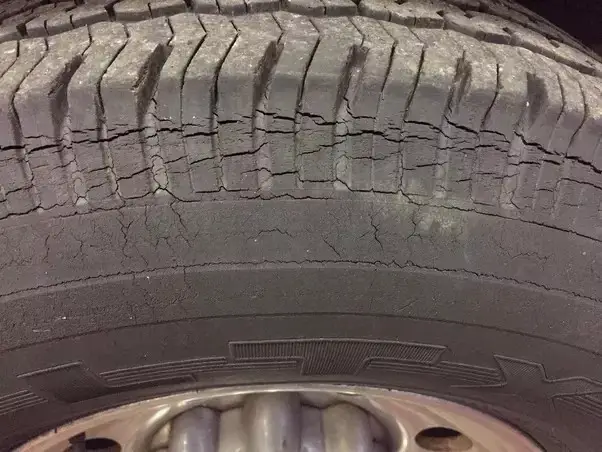
Here are some extra tire warnings to refer to:
- It dries out on sidewall or tread
- It makes a creaking sound
- It fails to give a smooth experience when operating
In addition, tire date or DOT is also a useful reference. You can find this metric right on the sidewall. If your tires look old before these periods of time (which usually lasts 5-6 years), it is most likely a manufacturing defect. Replace it now!
What To Do With Cracked Tires?
The most useful measure depends on the actual condition of your tire. If it manifests some superficial cracks, feel free to continue your rides. However, proper care and cleaning is recommended within the recommended deadline to enhance the lifespan. For example, one piece of advice is to keep your eyes on the air pressure.
So can cracked tires be repaired or not? The answer is yes, but only in terms of looks. The market serves you several fillers to fill the grooves. However, it does not treat the root of the quality problem. Serious conditions are beyond the depth of these products.
Once your tire suffers major damage, replace it as soon as possible. The crack speaks for itself, whether it still holds the air or looks fine. Some sophisticated people may notice a lack of flexibility and reduced productivity when driving.
On the other hand, not everyone is successful in this regard. A professional repairman gets the job done instead of guessing or sleeping on this problem.
How To Prevent Tire Cracking
A general rule of thumb for prevention is keeping tires safe from harmful agents such as sunlight, salt, and harsh chemicals. If done well, this part can get rid of the cracks before it wears out naturally.
The first key is proper cleaning. Regular washing and treatment provide a shiny finish and increase its lifespan. Remember to shake off the mud or snow when you get home. Plus, never let tires soak in water.
Moving to the maintenance, tires, or otherwise, your car should stay in the garage. Keep them out of direct sunlight or drastic weather conditions. It is best to store unused tires in clean, dry bags.
An interesting study shows that operation has a positive effect on reducing cracks on tires. Simply put, tire rubber expands flexibly according to friction with the road surface. Staying stationary for a long time reduces the elasticity, thereby causing cracks. Even if you refuse a few laps around town, move the tire in place by spinning it a few times a day.
Last but not least, do not turn a blind eye to maintenance. Try to maintain the pressure following the manufacturer’s specifications. Additionally, drive at a moderate speed to cut down the excessive force exerted on the tires.
Remember that the greatest goal gears toward the safety of the driver and other road users.
Conclusion
Is tire sidewall cracking safe? To be honest, this problem fails to meet tire safety standards. Visit a professional maintenance center to get the best advice. Even if you do not see any scratches, have your vehicle checked periodically. As mentioned above, a few lines are barely noticeable to the eye.

